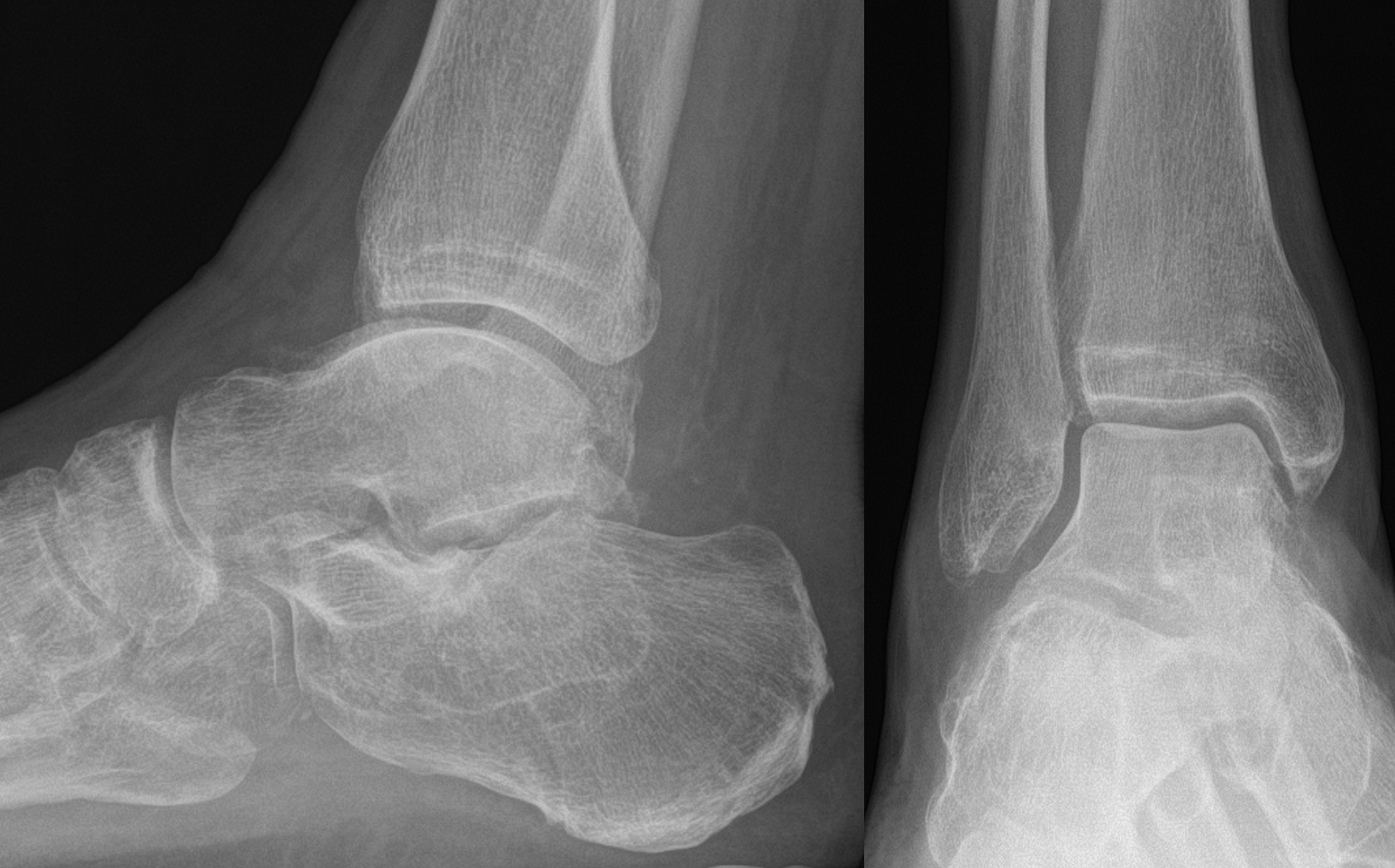
Prof Mason
Liverpool Foot and Ankle Clinic
To book an appointment, either phone the number below or click the link.
Phone : 01515221860
Subtalar Arthritis
The subtalar joint is located below the ankle joint, between the talus and the calcaneus (heel bone).
It allows side-to-side movements of the foot (inversion and eversion), which are crucial for walking on uneven surfaces and maintaining balance.
Subtalar joint arthritis is a condition where the cartilage in the subtalar joint wears away, leading to pain, stiffness, and reduced movement in the hindfoot.
What causes subtalar arthritis?
Subtalar arthritis can develop from several underlying causes, often related to trauma, degeneration, or inflammation. Here are the main causes:
Post-traumatic arthritis
- The most common cause.
- Often follows fractures of the calcaneus (heel bone) or talus, or severe ankle sprains.
- Cartilage damage during the injury leads to progressive wear and arthritis in the subtalar joint.
Primary osteoarthritis
- Age-related wear-and-tear without a specific injury.
- Less common in the subtalar joint compared to the knee or hip.
- May occur as part of generalised arthritis in older adults.
Inflammatory arthritis
- Rheumatoid arthritis, psoriatic arthritis, ankylosing spondylitis, and other autoimmune conditions.
- Cause joint lining inflammation and progressive cartilage destruction.
- Often affects multiple joints, including the subtalar joint.
Tarsal coalition
- A congenital condition where two or more tarsal bones are abnormally fused.
- Alters normal biomechanics and leads to early joint degeneration.
Malalignment or deformity
- Abnormal foot alignment (e.g., flatfoot or cavus foot) increases stress on the subtalar joint.
- Over time, this leads to cartilage breakdown and arthritis.
Avascular necrosis
- Particularly of the talus.
- Bone death due to poor blood supply leads to joint collapse and secondary arthritis.
Symptoms
Symptoms of subtalar arthritis typically relate to pain, stiffness, and difficulty walking on uneven ground. This includes:
Hindfoot Pain
- Deep aching pain felt in the back or underside of the heel or just below the ankle.
- Often worsens with walking, especially on uneven ground or slopes.
Stiffness
- Reduced side-to-side foot motion (inversion/eversion).
- Makes it difficult to adjust the foot when walking on rough surfaces or changing direction.
Swelling
- Mild to moderate swelling around the back of the foot or just below the ankle.
Instability or “giving way”
- A feeling of unsteadiness, particularly on uneven ground.
- May be due to poor subtalar motion and compensation by surrounding joints.
Difficulty with Footwear
- Trouble fitting into regular shoes due to deformity or swelling.
- May prefer supportive or stiff-soled shoes.
Change in Gait
- Patients may walk with a limp, or avoid putting full weight on the affected side.
- May compensate by increasing motion at the midfoot or knee.
Activity Limitation
- Difficulty with activities like hiking, running, or climbing stairs.
- May reduce physical activity due to discomfort.
What are the treatments for subtalar arthritis?
Treatment for subtalar arthritis aims to reduce pain, improve function, and preserve mobility where possible. It starts with conservative (non-surgical) options and progresses to surgery if needed.
Non-Surgical Treatments
Activity modification
- Avoid uneven terrain or high-impact activities that worsen symptoms.
- Switch to low-impact exercises like cycling or swimming.
Footwear modification
- Use supportive shoes with firm soles or rocker-bottom soles to reduce joint stress.
- Custom orthotics or heel wedges can help with alignment and pain relief.
Physiotherapy
- Focus on strengthening surrounding muscles (especially calf and foot stabilisers).
- Improve balance and preserve range of motion in adjacent joints.
Medications
- NSAIDs (e.g. ibuprofen, naproxen) to reduce pain and inflammation.
- Topical anti-inflammatory gels may also be helpful.
Corticosteroid injections
- Intra-articular injection into the subtalar joint can offer temporary pain relief, especially during flares.
- Diagnostic as well as therapeutic value.
Surgical Treatments
Subtalar fusion (arthrodesis)
- Gold standard for advanced subtalar arthritis.
- Fuses the talus and calcaneus to eliminate painful movement.
- High success rate for pain relief, but permanently restricts side-to-side foot motion.
Triple fusion
- Fusion of three joints: subtalar, talonavicular, and calcaneocuboid.
- Used in cases with widespread hindfoot arthritis or significant deformity.
Isolated joint debridement (less common)
- Removal of loose bodies or joint spurs in early disease.
- Temporary benefit; not curative.


Subtalar Arthrodesis (Fusion)
This is an example of a subtalar arthrodesis
FAQs
What is the recovery following subtalar fusion?
🦶 Recovery Following Subtalar Fusion (Subtalar Arthrodesis)
Recovery after subtalar fusion is gradual and structured to allow the bones to fuse (heal solidly) while restoring function. Here's what to expect:
⏳ Timeline of Recovery
🔹 0–2 weeks: Immediate Post-Op
Non-weightbearing in a backslab or cast
Foot elevated to reduce swelling
Pain managed with medications
Wound care and monitoring for infection
🔹 2–6 weeks: Immobilisation Phase
Non-weightbearing in a full cast or boot
Swelling may persist
No walking on the foot yet to protect the fusion site
First post-op X-ray to check healing progress
🔹 6–12 weeks: Early Weightbearing
Gradual introduction of protected weightbearing in a boot

